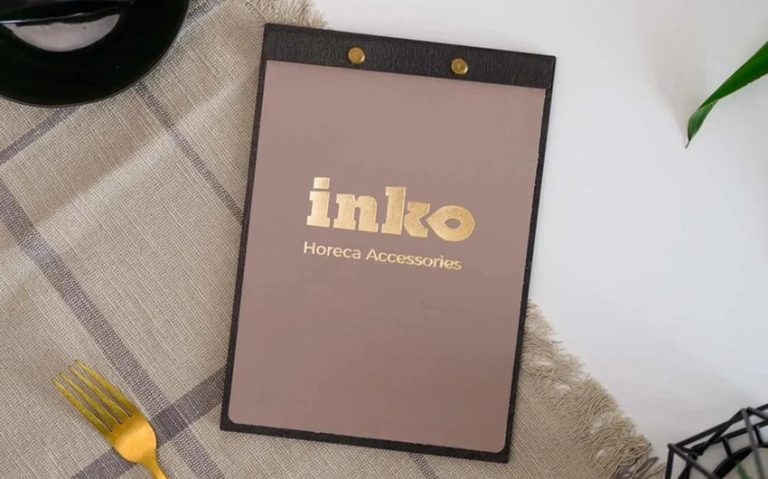Social Media Content Marketing for E-Commerce Business
So you’re scrolling through Facebook and suddenly a product catches your attention. It has a detailed description that’s literally speaking to you. It addresses your particular concerns and guarantees a solution. You weren’t thinking about shopping. But now, you’re seriously considering buying this particular product. That’s the magic of a content marketing strategy. When it’s done right, it works.
What Is Social Media Content Marketing and What Does It Mean for E-Commerce Brands?
Social media content marketing is not just a nice thing for a brand to have. It’s the bridge between your brand and your audience. But what makes the social media content marketing strategy for eCommerce different from a usual marketing campaign?
First of all, it’s designed for social media networks: Facebook, Instagram, TikTok, LinkedIn, and others. That’s where casual and serious conversations happen. It’s where trends are born and where businesses have a massive opportunity to shine.
Social media content strategies are diverse. The format can involve videos, images, blog posts, memes, stories, and so on. When you turn marketing into a strategic approach, it’s about creating and sharing content that resonates with your target audience, but drives action as well. Clicks, follows, purchases… It all counts!
Things get interesting when an e-commerce brand is trying to get noticed through social media content marketing. For most other industries, the primary goal is brand awareness or customer service. For e-commerce brands, the marketing strategy has to be sharper, more focused, and more visually appealing. In the crowded digital marketplace, your content has to convert. For that, it must be impressive.
The competition is high, and the stakes are high. But the rewards can be extraordinary when you get eCommerce content marketing for social media right!
Reasons to Focus on Social Media Content Marketing
This concept goes beyond traditional advertising. Here’s why it’s so essential:
- It’s a direct line of communication to your customers. You’re not just addressing them; you can interact with them in real time.
- Social media is the perfect stage for visual storytelling. You can use HQ images, videos, and live streams to make your products more appealing and accessible to your audience.
- If we compare it to traditional advertising, social media content marketing is relatively cost-effective. Yes; it can get expensive. But with the right strategy, you can stretch a small budget and still get significant reach.
- You’ll get insights, and they will be data-driven. With a bit of analyzing, you can use that data to refine your strategy, improve your target, and make it more effective.
Choose the Right Social Media Platform for Your E-Commerce Brand!
You can target all platforms at once, but the campaign would be too expensive and all over the place. You need a focused approach, targeting one platform at first and steadily expanding to more in the long run.
It’s the giant in the social media landscape. It’s the safest and most common place for e-commerce brands to start developing their marketing strategy.
Facebook is great for its focused advertising tools, which include advanced targeting options. It also supports diverse formats: text, images, videos, live streams, and more. It’s the best place to build community, run ads, share updates, and drive traffic to your website.
What should your Facebook content marketing strategy include?
It’s best to create a mix of content formats: engaging posts, targeted ads, and community-building activities. You can leverage the community vibe of Facebook Groups to trigger discussions.
Facebook offers powerful ad targeting. It would be a shame not to benefit from it. Your brand can reach specific demographics and retarget users who have already interacted with it.
Facebook is still the most popular social media platform if we consider the number of users. But if your e-commerce brand is about fashion, beauty, lifestyle, and any other visual-driven matter, Instagram is the go-to platform. It has a slightly younger demographic, and it’s great for driving engagement with stories, reels, and shopping tags.
What should your Instagram content marketing strategy include?
We would prioritize images and short videos. Stories and Reels and great for sharing behind-the-scenes content, product demos, and customer testimonials. Instagram Shopping is a great feature that directly links to your product pages.
Also, Instagram is the best place for influencer collaborations. They will create the content for you. You just have to choose the right influencers and make a good deal. Then, they will give your brand a boost with visibility and credibility.
TikTok
With its strong presence among Gen Z and Millennials, TikTok is way more fun than Facebook. But it’s not just about fun. Its algorithm surfaces content that resonates. Even with a small following, your brand has a chance to go viral. But of course, your content has to be very creative, unique, and entertaining to reach that goal.
TikTok is awesome for trend participation, viral marketing, and unique video content.
What should your TikTok content marketing strategy include?
Create short, playful videos with the intention to inform and entertain. Participate in challenges and trends, so you’ll increase the brand’s visibility.
TikTok’s value is in user-generated content. You can encourage your customers to feature your products in their videos.
Is Pinterest still relevant for brand marketing? Absolutely! It’s a visual search engine, so people still use it to seek inspiration and ideas. If your e-commerce brand has something to do with home decor, fashion, recipes, or DIY projects, Pinterest is a must!
People often browse Pinterest with a purpose: products to purchase. Well-optimized pins have a long lifespan, so they can drive traffic and engagement for months after being posted. That’s something you rarely get from other social media platforms.
Pinterest is great for driving traffic to product pages and using SEO to reach users with an intention to make a purchase.
What should your Pinterest content marketing strategy include?
You will need visually-appealing pins that inspire and inform at the same time. Focus on the image descriptions; they need to be rich with relevant keywords. Consider creating boards around specific themes or product categories, so your content will be well-organized.
Pinterest has a “Promoted Pins” feature, which lets you reach a wider audience. These are ads, but they seamlessly blend into a user’s feed, so they don’t feel intrusive.
Don’t neglect it! Establishing yourself as an expert is part of your content marketing campaign. People should trust the person who sells the products of an e-commerce brand. LinkedIn is a great place for building such authority. It’s especially effective for B2B e-commerce brands.
Choose topics relevant to your industry, write great posts and share them on LinkedIn. Then, engage with your audience through comments and discussions.
What should your LinkedIn content marketing strategy include?
Focus on sharing industry insights, case studies, and thought leadership content. If you’re in the B2B space, you can rely on the platform’s targeting features to reach professionals within your industry.
How to Plan and Schedule Content
Thinking about posting social media content on the fly? No. That doesn’t work. An effective approach needs a strategy. It requires thoughtful planning of a mix of content types, posted on the right platform at the right time.
Create a Content Calendar
It’s how it all starts. The content calendar is a visual plan that outlines what content you’ll post, where you’ll share it, and when it will go live. It will help you maintain consistency, so your audience will regularly encounter your brand on social media. You’ll also align your posts with key dates, such as holidays, sales events, and product launches.
You can use a downloadable template or create your own template for a content calendar. It will take some space on your device, so it’s good to learn about freeing up storage space beforehand. You can also rely on online tools to create it. Jotform and Firefly are nice.
Balance Content Forms
A complete strategy will include different formats of content:
- Promotional content, which directly mentions your products or special offers. It’s important to make it happen, but balance it out with other types of content so your marketing approach won’t seem like a mere sales pitch.
- Entertaining content, such as memes, funny videos, or challenges. It’s meant to bring your brand closer to the audience and engage them in a relaxed way.
- Educational content, which offers tips, tutorials, or insights related to your products and industry. These posts will position your brand as an authority in the field. They make it look trustworthy.
- User-generated content, such as reviews, photos, and testimonials. It shows how your products are being used by real people in real life. It acts as social proof, so it makes sense for other people to buy that product, too.
Overview
You cannot choose whether or not to rely on social media content marketing for your business. It’s a must! This type of marketing connects you with the audience in a direct and dynamic way. It builds brand loyalty and drives sales. When you choose the right platforms and maintain a strategic content calendar, you will balance different types of content to hit all the right spots with your audience!







